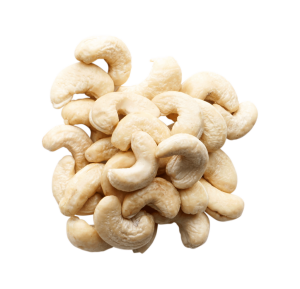Anacardic acids (AAs) are alkyl phenols mainly presenting in cashew nuts. The antioxidant effects of these compounds have been an area of interest in recent research, with findings suggesting potential therapeutic use for certain diseases. Nevertheless, none of these studies were performed in order to test the hypothesis of whether anacardic acids are capable of preventing behavioral changes and oxidative stress induced by the pesticide rotenone in experimental model of Parkinson’s disease. In our research, adult male rats were treated orally with AAs (1, 3, 10, 25, 50, or 100 mg/kg/day) 1 h before rotenone (3 mg/kg; s.c.) for five consecutive days. The behavioral testing strategies, including tests for general locomotor activity (open field), motor coordination (rotarod), and spatial memory performance (elevated T-maze), were carried out. Lipoperoxidation levels and total superoxide dismutase (t-SOD) activity, as well as cytoplasmic and mitochondrial SOD gene expression, were assessed in the substantia nigra (SN), striatum, and cerebral cortex. The results showed that AAs dose-dependently prevented the rotenone-induced learning and motor impairment from 10 mg/kg/day. AAs also precluded rotenone-induced lipoperoxidation in all doses, acting directly on the mitochondria, and improved the t-SOD activity in the doses 25-100 mg/kg/day. AAs per se (100 mg/kg/day) increased SOD gene expression and t-SOD activity. Our findings indicate that the oral administration of AAs prevents rotenone-induced behavioral changes and oxidative stress, in part due to a modulatory action on the mitochondria and SOD gene expression. These data suggest that AAs have promising neuroprotective action against degenerative changes in Parkinson’s disease.
